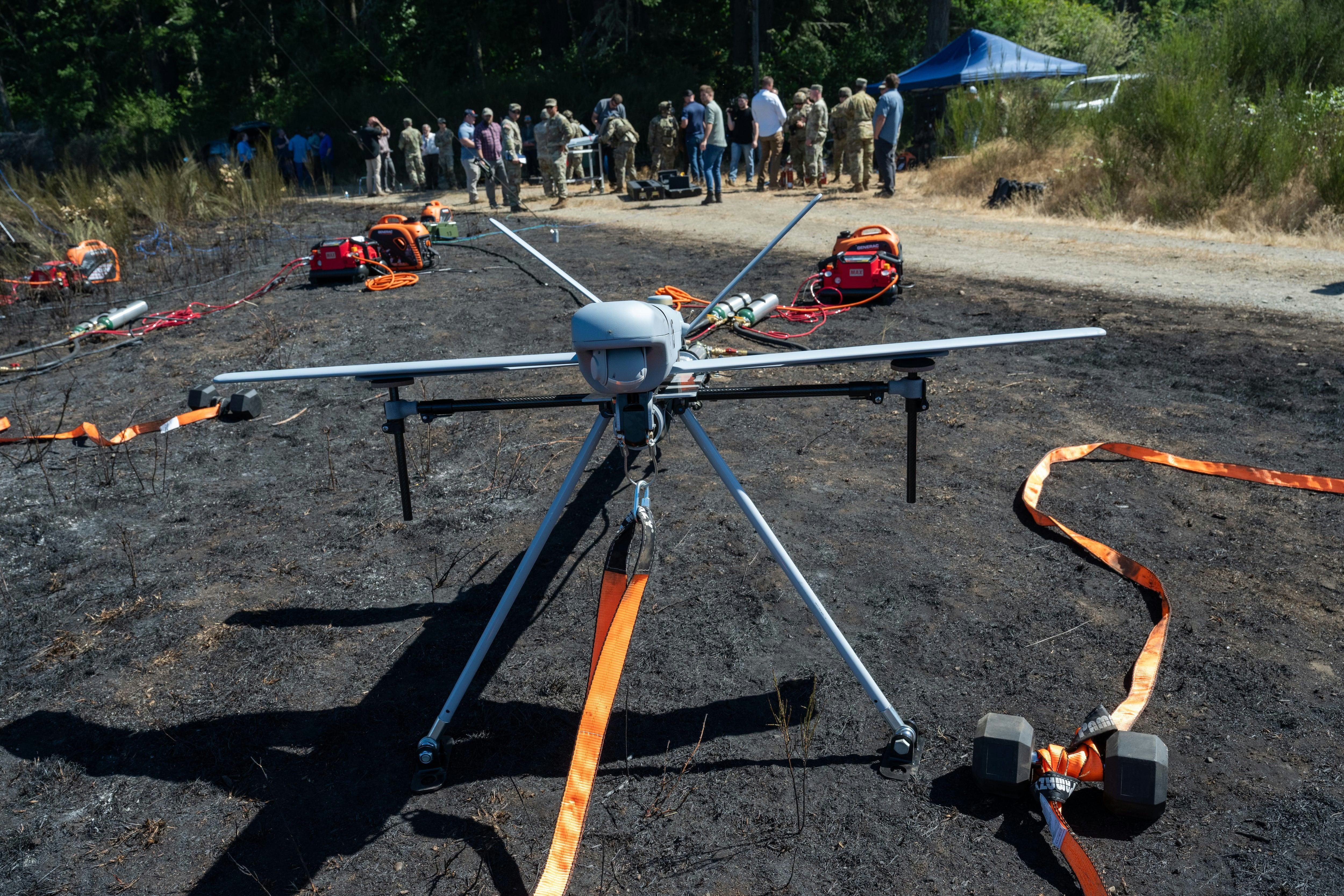
AeroGenie — 您的智能副驾驶。
热门趋势
Categories
Workers Walk Out of IAM Meeting Amid Dispute Over Pratt & Whitney Strike Agreement
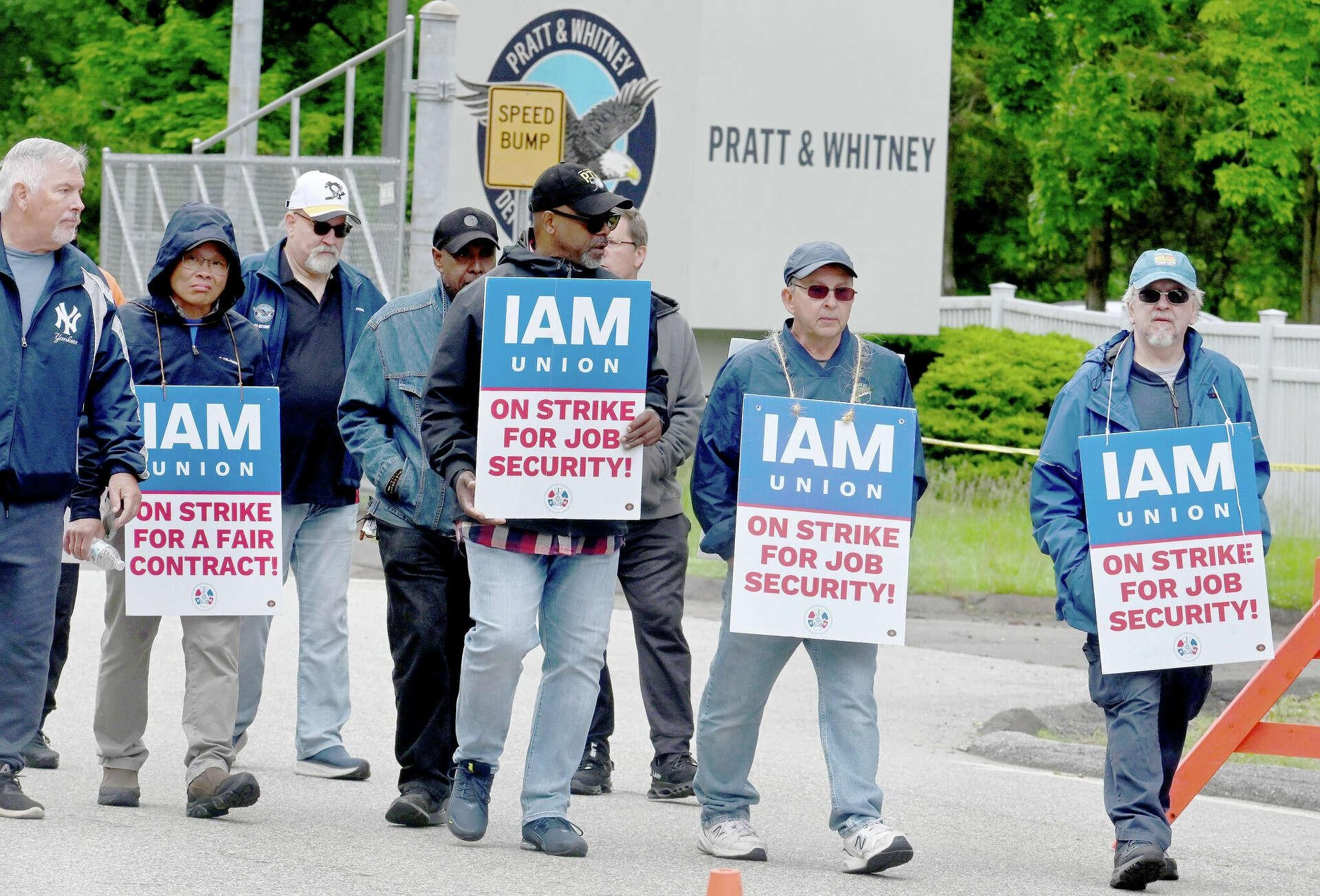
Workers Walk Out of IAM Meeting Amid Dispute Over Pratt & Whitney Strike Agreement
After 23 days on strike, nearly 3,000 Pratt & Whitney workers in Connecticut are scheduled to return to work on Thursday following the ratification of a new contract negotiated by the International Association of Machinists and Aerospace Workers (IAM). Despite the agreement’s approval, many employees have expressed dissatisfaction, criticizing the contract for failing to meet their demands. The vote took place amid significant dissent and confusion within the workforce.
Strike Resolution and Financial Implications
Pratt & Whitney, a subsidiary of Raytheon Technologies (RTX), operates major facilities in East Hartford and Middletown and is a key player in the aerospace and defense industry. The company reported a $580 million profit in the first quarter of 2025, representing a 41 percent increase compared to the previous year. However, the recent strike has raised concerns about RTX’s cash flow for the second quarter, a challenge acknowledged by CEO Chris Calio. Financial markets reacted with volatility: the Dow Jones Industrial Average declined, while the Nasdaq composite gained ground, supported by technology stocks. Competitors’ responses remain uncertain as attention focuses on the strike’s resolution and its potential financial impact on both Pratt & Whitney and RTX.
The conclusion of the strike mirrors recent labor disputes, such as the New Jersey Transit engineers’ strike, where workers returned to their jobs without having reviewed the full contract terms. In the days leading up to the Pratt & Whitney vote, employees voiced frustration on social media over the lack of transparency surrounding the agreement. On the morning of May 27, workers were provided only with a summary of the contract’s “highlights,” which sparked immediate dissatisfaction.
Dissent Within the Union and Worker Reactions
According to the Hartford Courant, Michael Lamoureux, head of the strike committee for IAM Local 700, reported that half of the workers walked out within the first five minutes of the ratification meeting. This reaction echoed the workforce’s response to the company’s initial offer, which had triggered the strike earlier in May. The final vote tally was 1,508 in favor and 561 against, yielding 74 percent approval among those who voted. However, this figure represents just 53.6 percent of the total workforce, raising questions about the extent of support for the agreement.
The union’s announcement of the contract’s passage on Facebook was met with widespread skepticism and anger. One worker commented, “I call [BS]. 50% stormed out calling [BS]. I think there was some faulty counting.” Another added, “I agree. Everyone in my section [was opposed].” These reactions have intensified calls among some workers for greater transparency and democratic control over contract negotiations. Critics argue that union officials pushed the agreement through without adequately addressing workers’ concerns or providing full contract details in advance.
As Pratt & Whitney employees prepare to return to work, the aftermath of the strike continues to reverberate. The ongoing debate over union leadership, contract terms, and the broader financial implications for RTX remains a focal point for both workers and industry observers.

Lufthansa's Fleet Plans for 2025
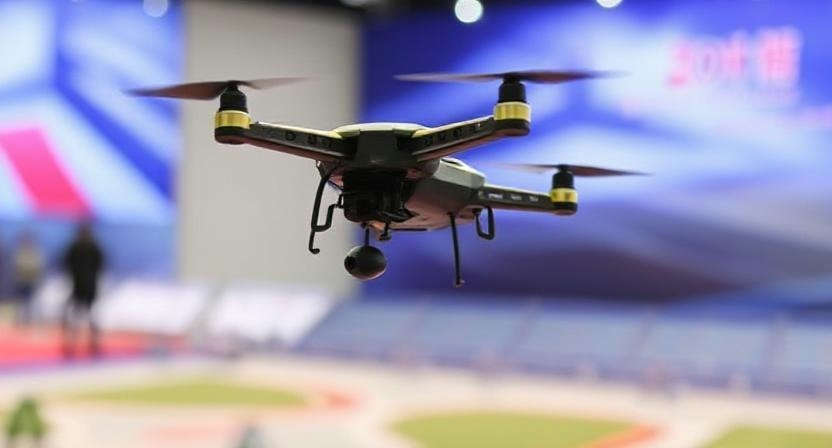
Fifteenth National Games Model Aviation Finals in Longhua Showcase Drone Sports and Innovation
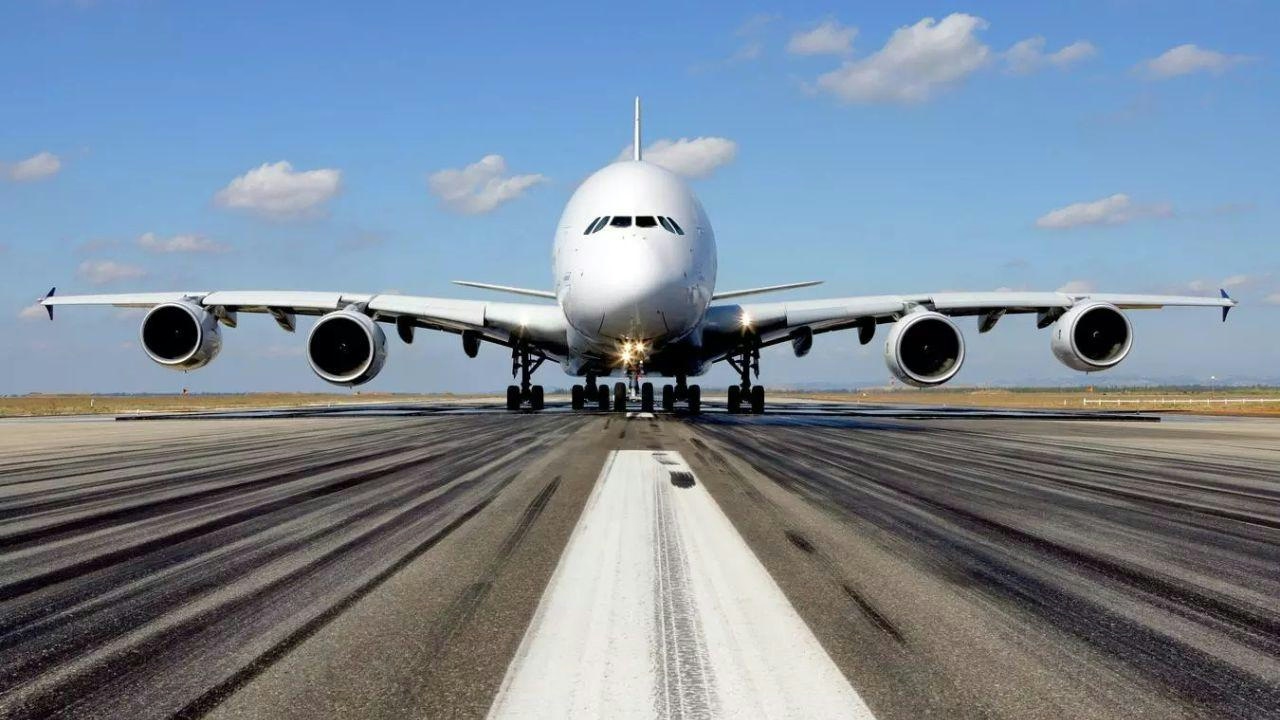
Brazilian Woman Becomes First Female Captain of Airbus A380
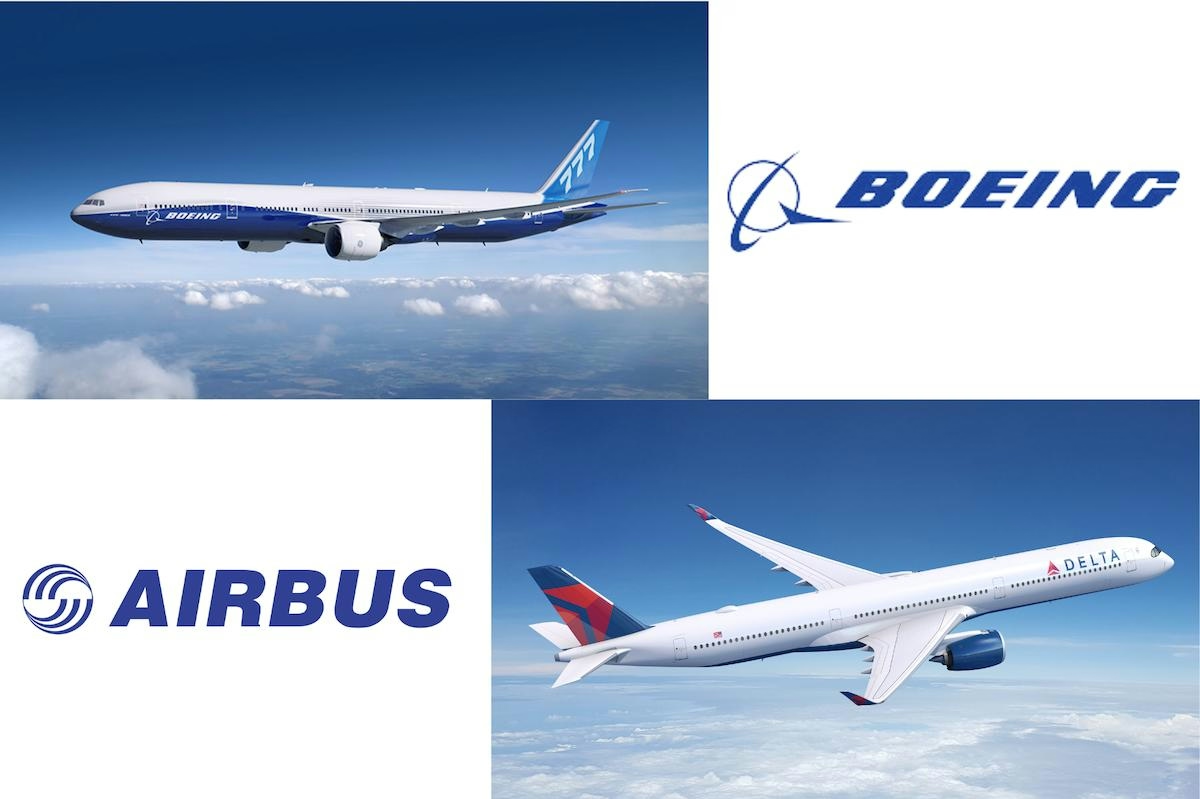
Airbus and Boeing: Comparing Their Global Reach

Vietjet Orders 100 Airbus A321neo Jets, Strengthening UK-Vietnam Strategic Partnership

The Aircraft Set to Replace the Iconic Superjumbo

Delta Air Lines Introduces AI-Powered Concierge Service
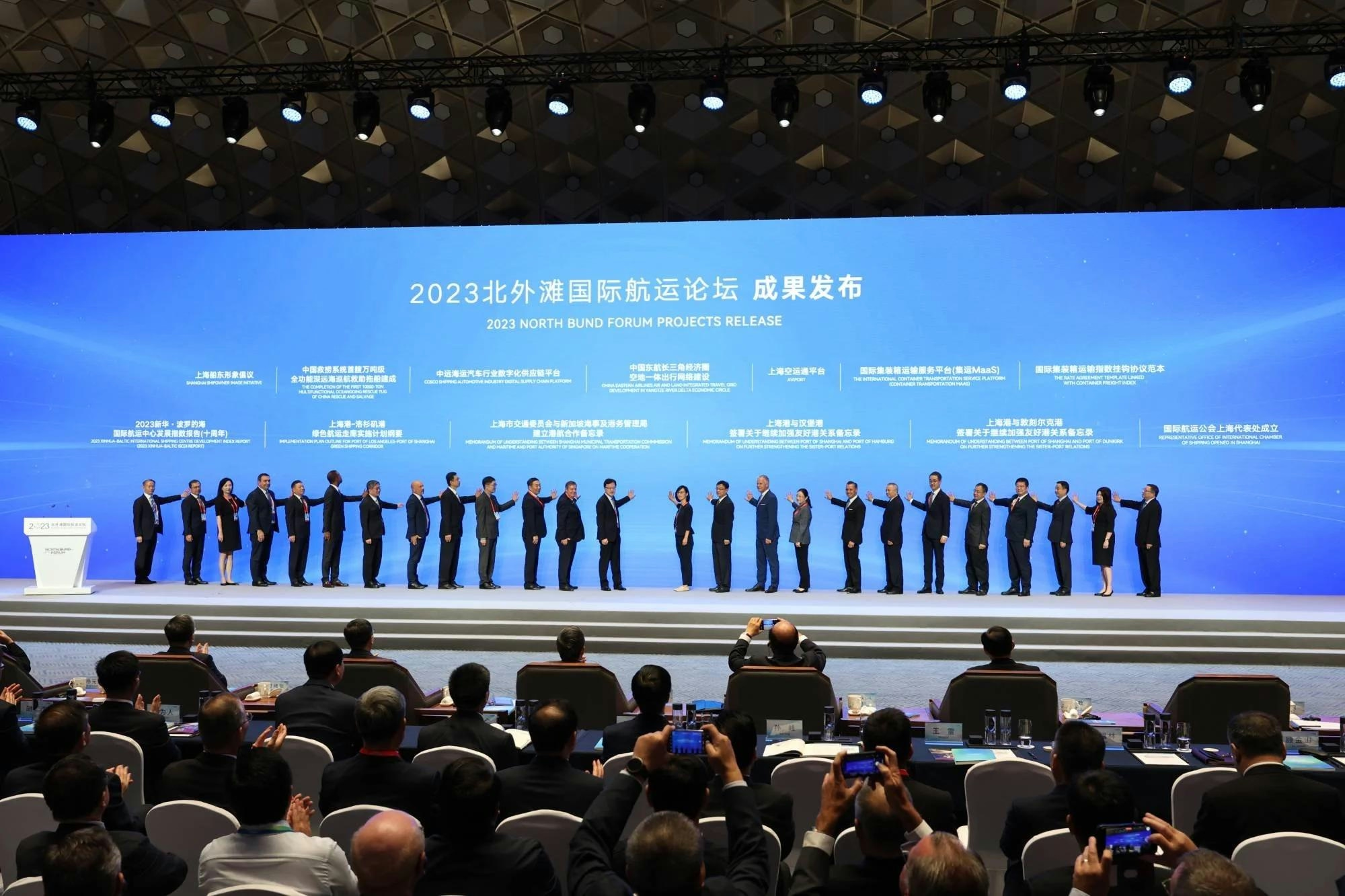
Shanghai to Host 2025 North Bund International Aviation Forum

Air Methods Acquires Three Bell 407GX Helicopters and Receives Bell 429 for Medical Fleet
